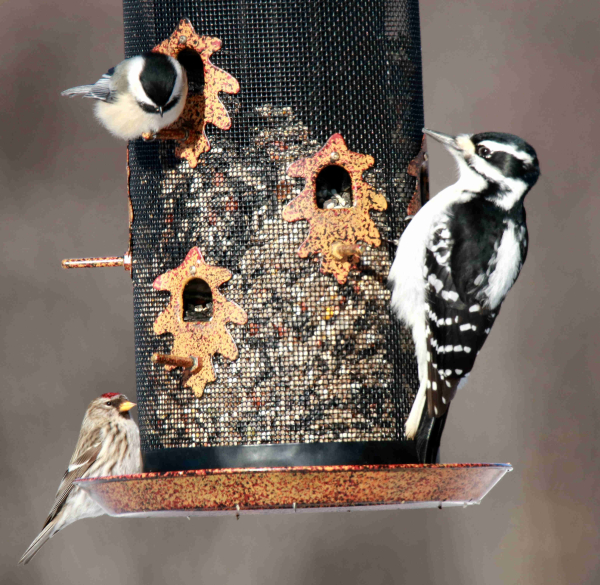Sighting-In Tips and Techniques
By Glen Wunderlich
With firearms deer season approaching, many hunters will be sighting in their guns in the coming weeks. Procrastinating can add to stress levels at the range, when all the last-minute weekend warriors have no choice but to get in line at the range. When one considers that there are less than a dozen weekends to dial in your firearm(s) before season – and some of them will be problematic with strong winds and/or cold – opportunities for good practice are diminished. Finally, if problems surface, such as equipment failures, it will be a difficult proposition to iron out issues – especially, if repairs will require the assistance of a gunsmith. Don’t be that guy!
Here are some tips to get the job done as economically as possible.
For sighting in, smaller targets help with precision. Orange squares with the black outlines are good for scoped guns but if you use them with a diamond pattern, the corners of the diamonds are perfect for lining up the crosshairs.
If you have iron sights or even a scope with a large dot in the reticle, you’ll want to have your target directly above the front sight or dot. Covering up the target with either front sights or a dot will block out the target at longer ranges rendering ethical shots virtually impossible.
Plain black circles are best for iron sights, red dot sights and holographic sights. If you can’t remember when you changed batteries on any electronic sights, change them.
Make sure there is no oil, grease, or any obstruction in the barrel and make sure it’s unloaded before doing anything else. A clean and dry bore is the best way to start and when finished, don’t clean the barrel with the exception being muzzleloaders.
Make sure everything is tight – especially scope bases and rings but don’t overtighten rings beyond 20 inch pounds. Good hearing protection can include foam plugs with hard shell muffs over them. Use a pad at the shoulder – especially for youngsters.
Begin at 25 yards and make sure you have a solid rest at the forend and buttstock For guns with newly installed scopes, use a large backing around the target in case you don’t hit the target; that way, at least you’ll know where you are missing and can make adjustments accordingly. Sandbags or commercial rests are recommended but short bipods work equally as well. This is not the time to use your elbows for a rest; your goal is to minimize human error.
Since most deer guns pack a wallop at both ends, it’s extremely important to pull the buttstock tight to the shoulder and to pull down on the forend section with your other hand.
Before beginning the shooting session, make sure to have enough ammo on hand to sight in and to hunt. You don’t want to purchase ammo that was produced from a different production run than the ammo you sighted in. Look for run numbers inside box flaps, if at all possible.
If you are experiencing a strong crosswind, postpone the session. Shoot three shots and find the middle of the group. Remember, at 25 yards to make adjustments four times that at 100 yards. For most guns, you are ready to move the target to 100 yards, if you are dead on at 25 yards.
If you want to save some expensive ammo, here’s a shortcut to get you on target fast. Shoot a three-shot group. Now, press your gun tight into the rest and center the sights on the bull’s eye – or, the point you’d like the bullet to strike (your zero). Have a helper move the crosshairs of the scope from your zero to the center of the three-shot group, while you hold the gun steady. For example, if you were shooting high, the assistant will move the crosshairs down to the group’s center. I realize it sounds backwards, but trust me, it isn’t. Make left and right adjustments the same way.
Once you get sighted in, try shooting from various positions and with rests you may use in the field. As long as you can keep 9 out of 10 in the six-inch circle at a given range, you are shooting within ethical standards and are good to go.






